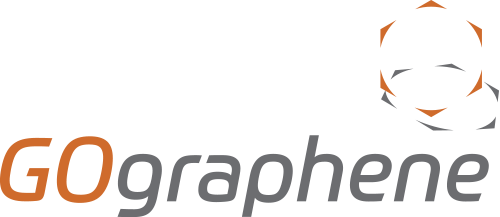Graphene Oxide as a Support for Polyoxometalates
Polyoxometalates, or POMs, is the name given to polynuclear materials which contain transition metals and oxygen. They have been researched for a diverse range of applications, including photochemistry and energy storage. The most popular research area to date for POMs has been catalysis, where their redox properties and strong Brønsted acidity are utilised. The biggest problems with POMs include difficulty of separation and the poor availability of active sites. Support materials for POMs have therefore been of great interest within the scientific community as they may offer a simultaneous solution to both problems.
Many support materials have been researched for this purpose, with silica and polymers common choices. Graphene oxide is also of interest in this research area due to its high surface area and its ease of dispersion in a number of solvents. Accordingly, a recent paper published in Materials Chemistry and Physics focused on supporting polyoxometalates on graphene oxide and reduced graphene oxide for catalyst applications. The researchers discovered that there were three important parameters to control the adsorption; the presence of oxygen functional groups, the pH and the solvent were all key to achieving the highest possible adsorption capacity.
The research compared the ability of graphene oxide and two reduced graphene oxides, which had different oxygen contents. The highest adsorption capacity achieved by the research was 427 mg/g, which was achieved by graphene oxide. This indicates that a higher oxygen content is preferable when aiming for high adsorption capacities.
This paper is another example of the breadth of research which graphene oxide is currently being used in. If you have any questions about how your research could benefit from graphene oxide, please get in touch.
Mater. Chem. Phys., 2017, 299, 424
